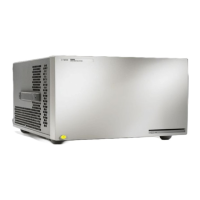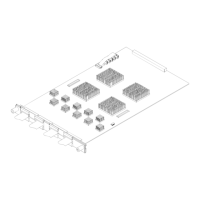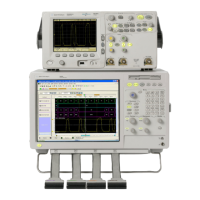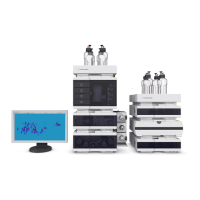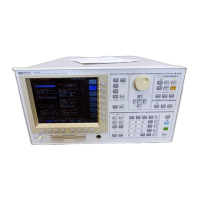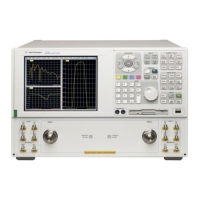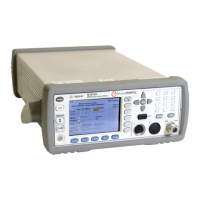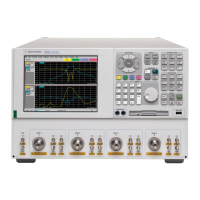98 16901A Logic Analysis System Service Guide
8 Theory of Operation
The logic analyzer device drivers communicate directly with
all of the hardware. This includes the frame hardware and
all modules plugged into the frame. All other Agilent
software in the system communicates with the drivers in
order to access the hardware. Therefore, missing drivers look
like missing hardware to the Agilent software. The frame
power button LED will flash when the frame is first powered
on and become steady once the frame drivers have loaded. A
flashing power button LED should indicate:
1 The frame is in the middle of a power up or power down
sequence.
2 The frame hardware was not recognized by the PnP
system.
3 The frame drivers are missing.
Once the Windows kernel and the system drivers are loaded,
a variety of Windows services (background processes) are
started automatically by the system. These services are like
UNIX/Linux daemons. They run silently in the background in
order to provide system services. They run before any user
has logged onto the system. If the logic analyzer product is
installed on the system, a logic analyzer service called
"Agilent Logic Analysis" should be running.
The logic analyzer service carries the following general
responsibilities:
• System manager for the local frame.
• Communicates with local GUI application software.
• Listens for connection requests across the LAN (remote
connect from other systems).
• Initialization of all local frame hardware including
modules. This initialization includes loading of all FPGAs
that are not loaded directly by boot-EEPROMs when
power is first applied to the system.
• Hardware monitoring.
• Control over the "Touch Off" front panel button.
The logic analyzer service must be started and fully
initialized before the application software will be allowed to
run. The logic analyzer drivers are not required for the
application software to run – however the software will not
be able to go online with the local hardware until the
drivers are installed/running. In addition, other machines
will not be able to remote connect to the machine and use
its hardware if the drivers are not installed and running.
